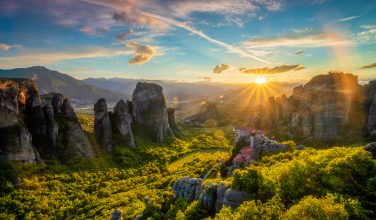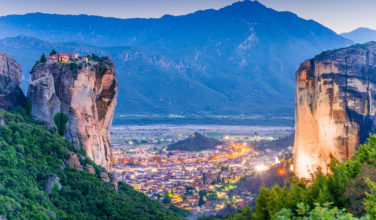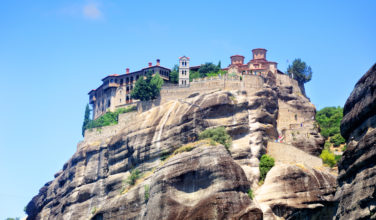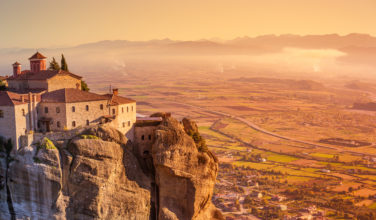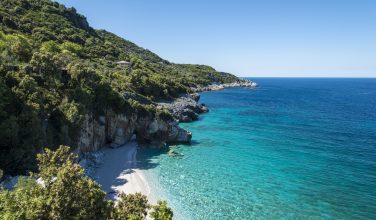Thessaly is a geographic region in Greece, which occupies the east side of Pindus watershed. Pindus is a mountain range that extends south of 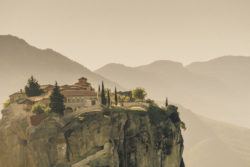 Macedonia to the Aegean Sea. There are many rivers and valleys and the main river of Thessaly is Penios, which runs the entire area.
Macedonia to the Aegean Sea. There are many rivers and valleys and the main river of Thessaly is Penios, which runs the entire area.
In Homer’s the Odyssey, the hero Odyssey visited the Kingdom of Aeolus, which was the old name od Thessaly. Thessaly got its name from the Thessalians (a Thesprotian tribe) who conquered the area at the end of the 2nd millennium BC.
Thessaly was first inhabited during the prehistorical years, which has been proven by several Palaeolithic findings. Neolithic works of art including some ceramic vases and statuettes are considered masterpieces of Ancient Greek art. Ancient Thessaly was governed by wealthy families, most of whom were landowners.
During the 14th century, Thessaly was conquered by Mourat II who brought peasants to cultivate the land. In 1600, Dionysios o Skylosofos, a Metropolitan priest of Larisa, would preach the first armed battle in Thessaly against the Ottomans. Also around this time, trade becomes profitable for Thessaly.
Thessaly would become part of Greece in 1881 and when the Ottomans left they sold the valleys of Thessaly to Greek land owners. This caused problems as many Greeks has to work at the land of the few land owners with very little benefits and the fact that they wouldn’t be able to buy their own land one day. This would lead to agricultural breakouts including a big one in the village of Killeler in 1910. Finally in the 1930s, the land of Thessaly would be available to the people.
According to Greek mythology, Thessaly is the land of the mythical Centaurs, the birthplace of Achilles (the hero of the Trojan War), and the place where the battle between the Titans and the Olympic Gods took place.
Area of Thessaly, Greece
14,036.64 km2 (5,419.58 sq mi)
Population of Thessaly, Greece
732, 762
Top Attractions in Thessaly, Greece
Meteora – A complex of large dark stone pillars that rise up. Monasteries sit on top of these rocks. Six monasteries remain today that are available to explore.
Palaiokarya’s Stone Bridge – This bridge was used as a passage between Thessaly and Ipeiros in the past. This beautiful stone bridge has one tall waterfall behind it and one smaller one in front of it. The bridge dates back to the 16th century.
Mount Olympus – If you enjoy nature and hiking, Mount Olympus is a place you shouldn’t miss. There are a few ways to experience Mount Olympus including rock climbing and a safari tour. The landscape and view are breathtaking.
The City of Larissa – In Larissa you will find a number of historical spots including the Larissa Ancient Ruins and Archeo Theatro Larisa. Other sites to see in Larissa are the Dougos Winery and the Municipal Art Gallery. There are also a number of churches in the area.
Koursoum Mosque – Located in Trikala, this is a 16th century Ottoman mosque. The mosque also serves as a museum of locally found artifacts. The architecture of the building itself is something to see.
Mylopotamos Beach – Located in Tsagkarada. A beautiful beach with turquoise water, rocks, and caves. The beach is divided into two sections with an arch in the rocks separating the two, which you pass under to get from one side to the other.


